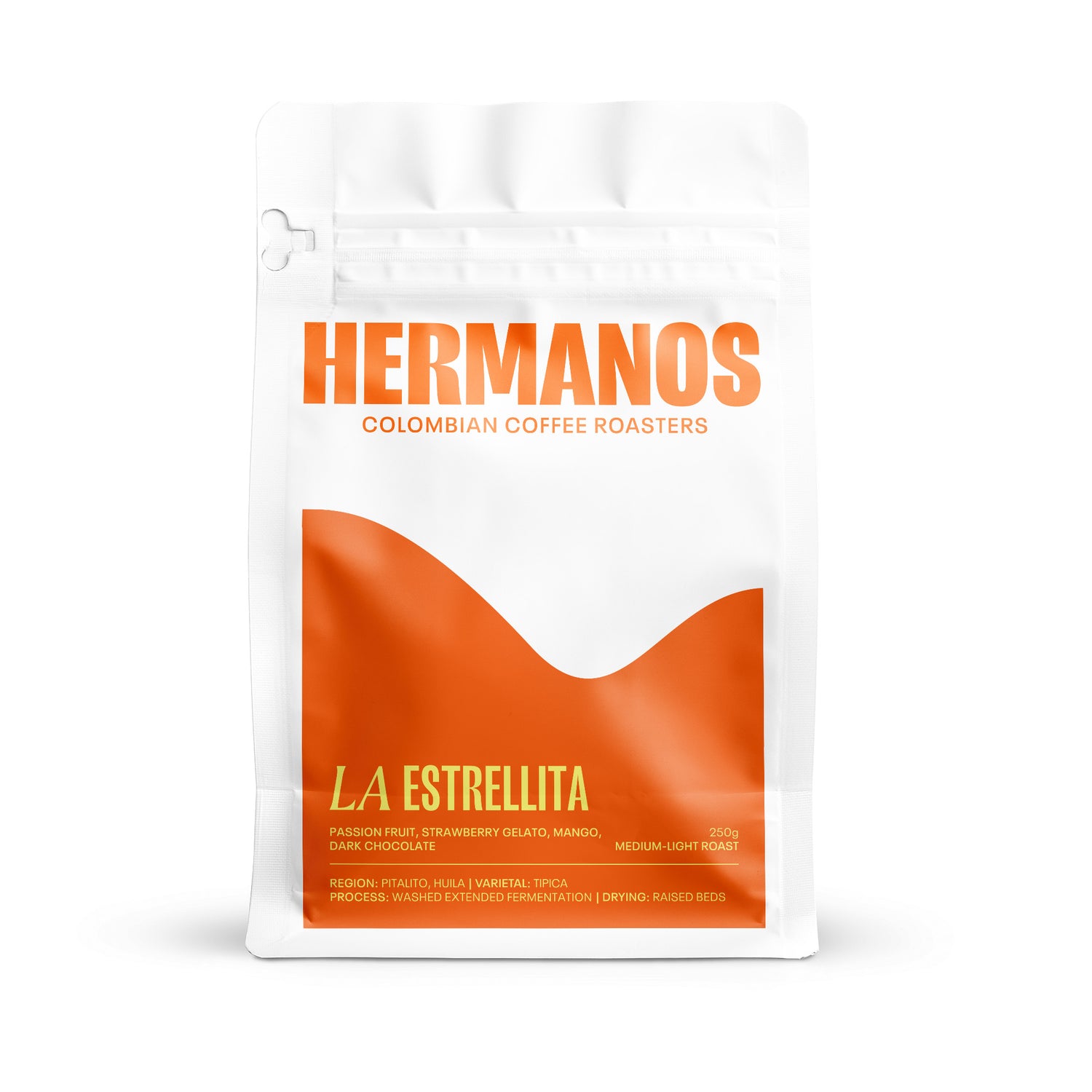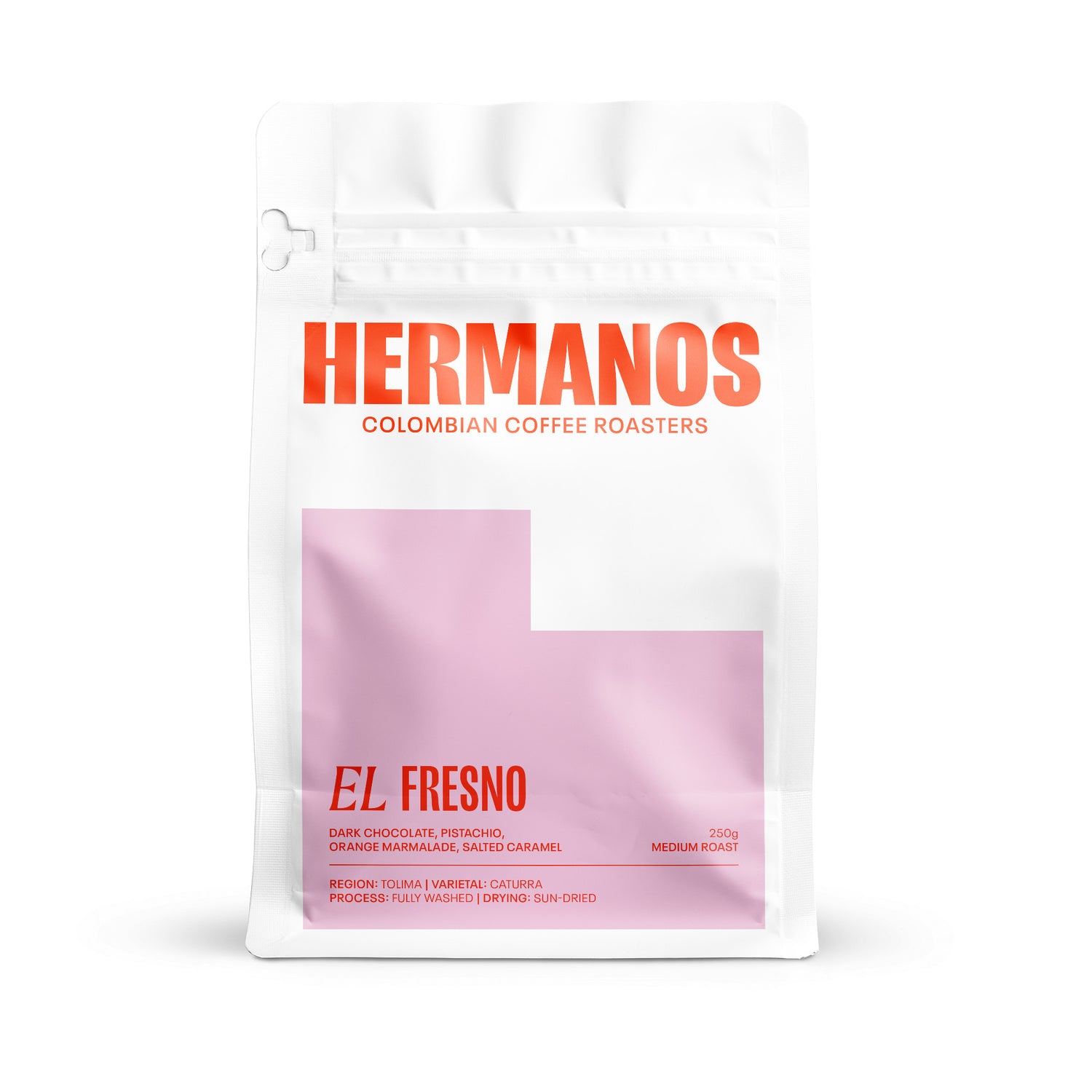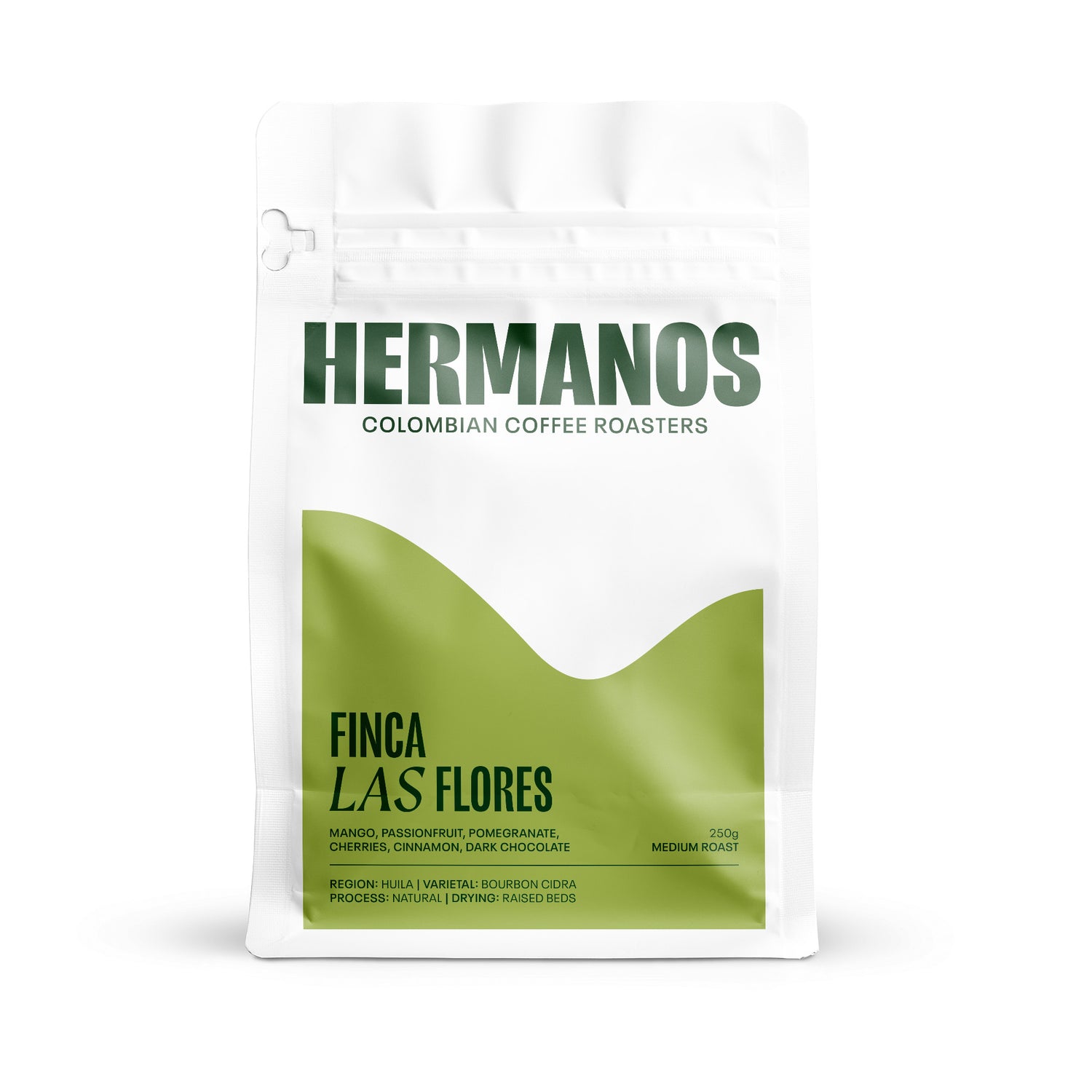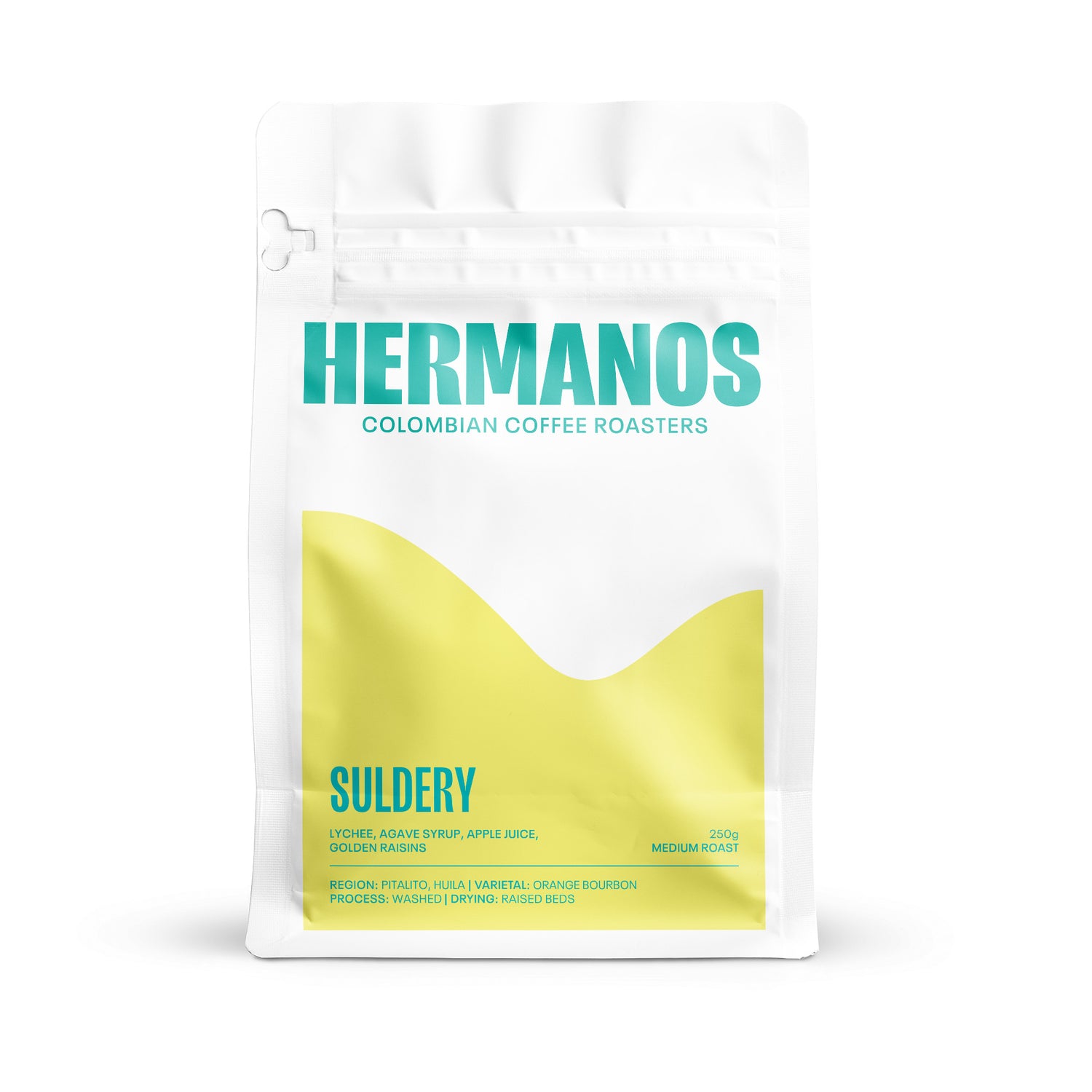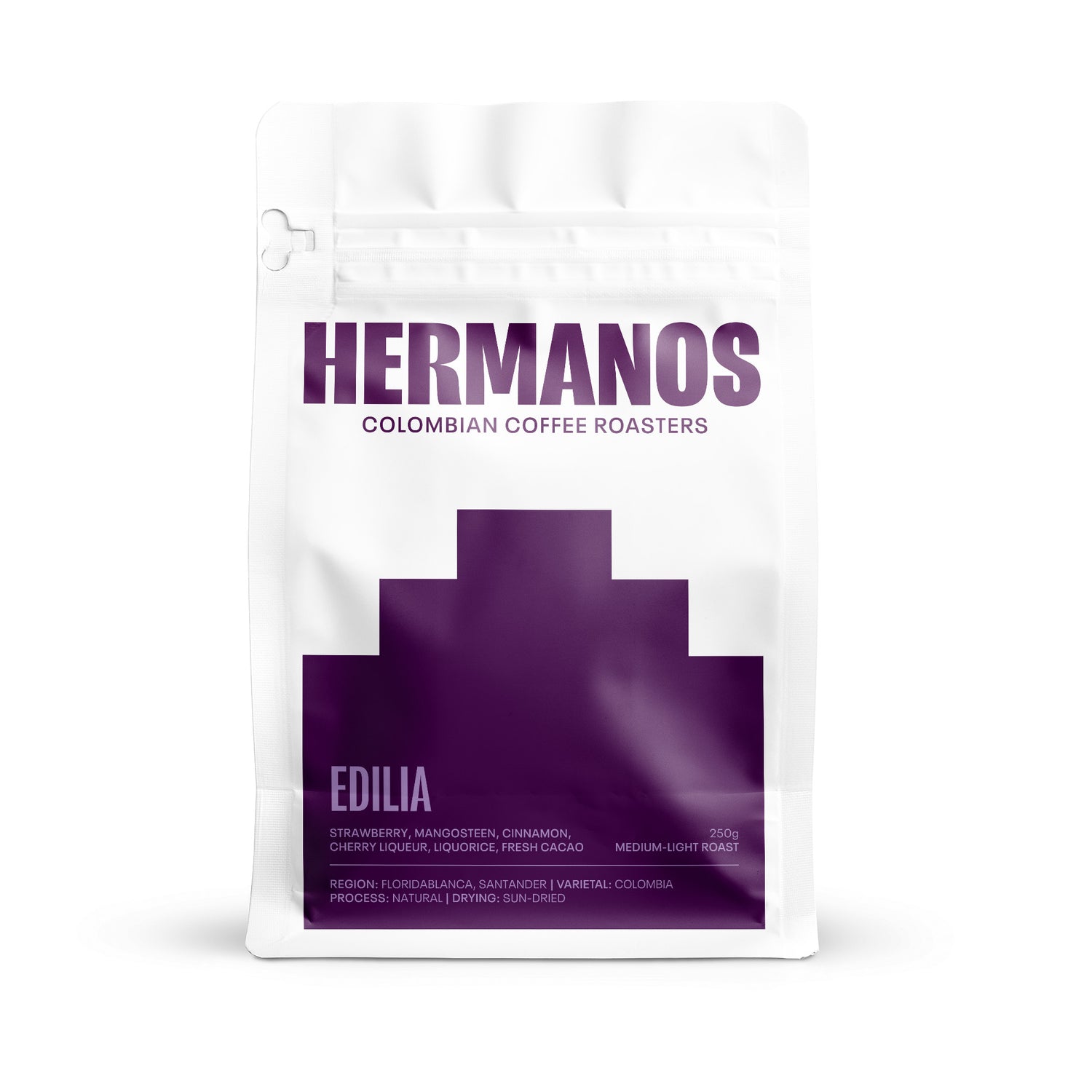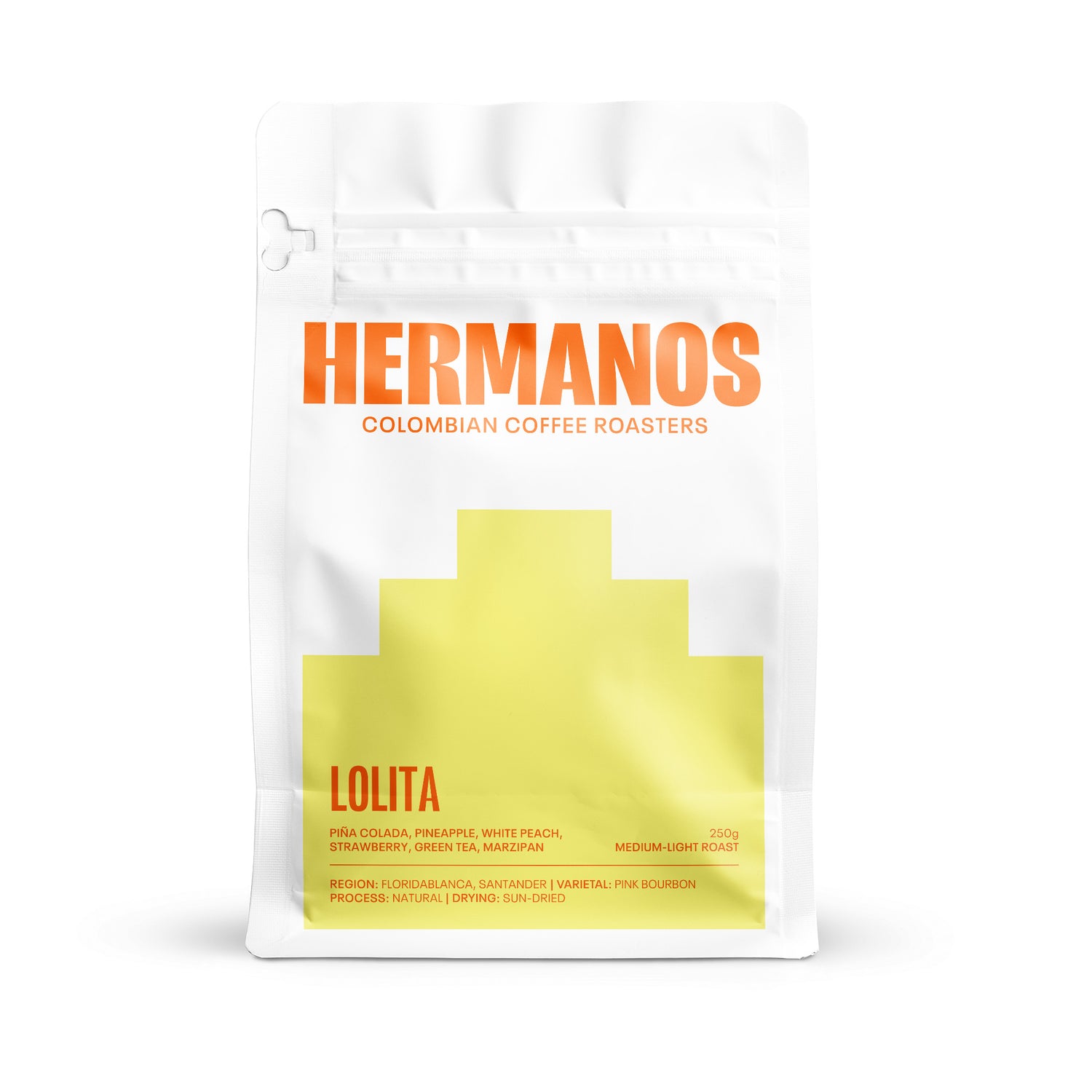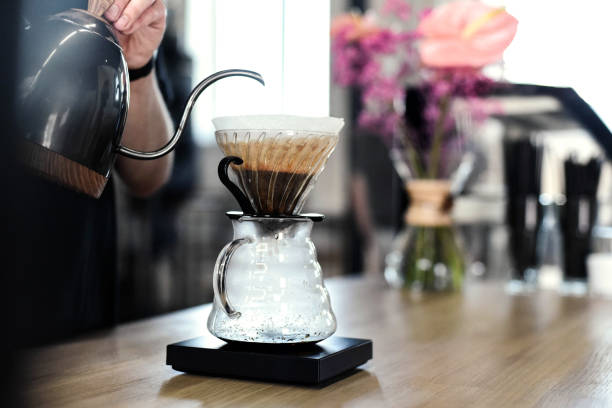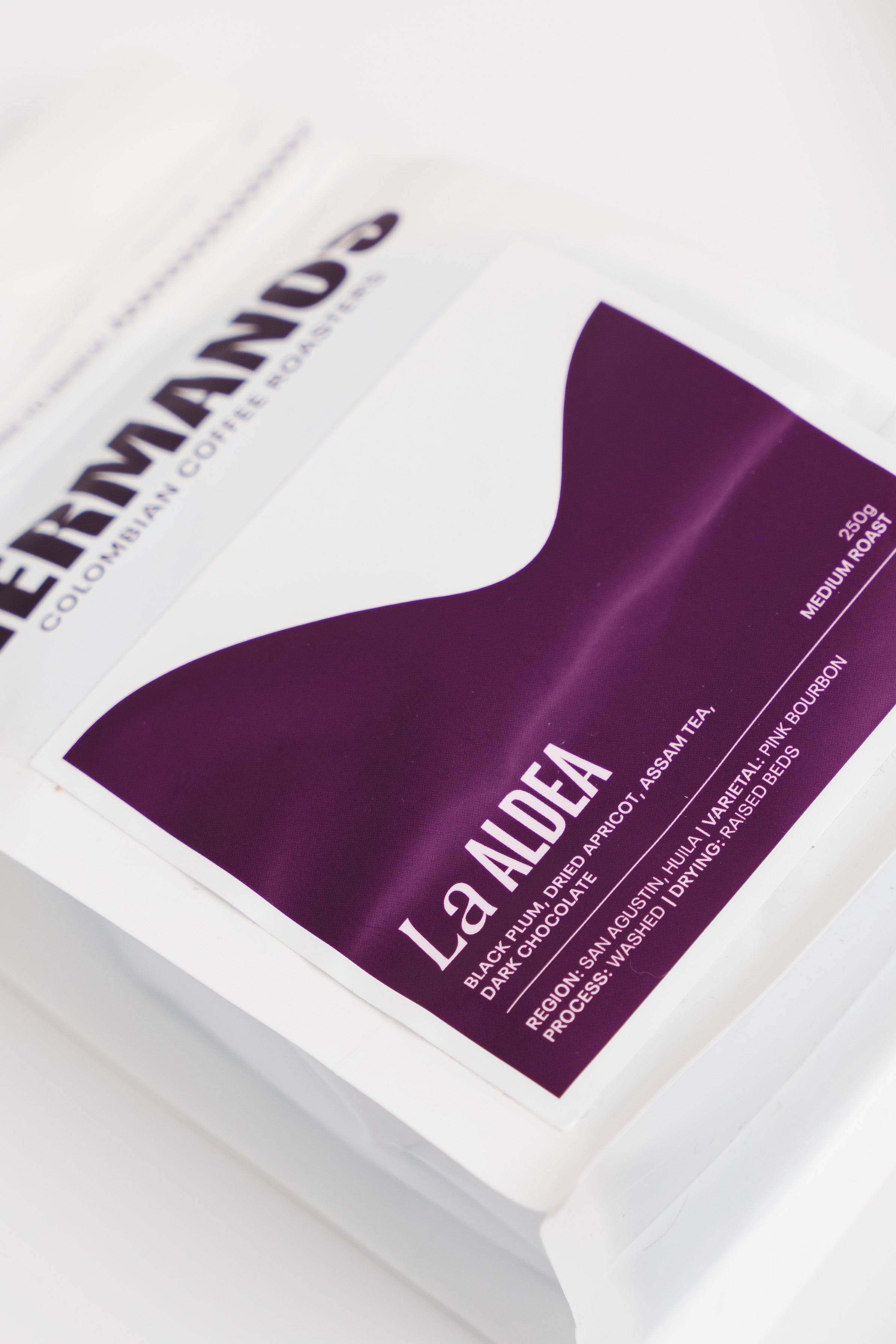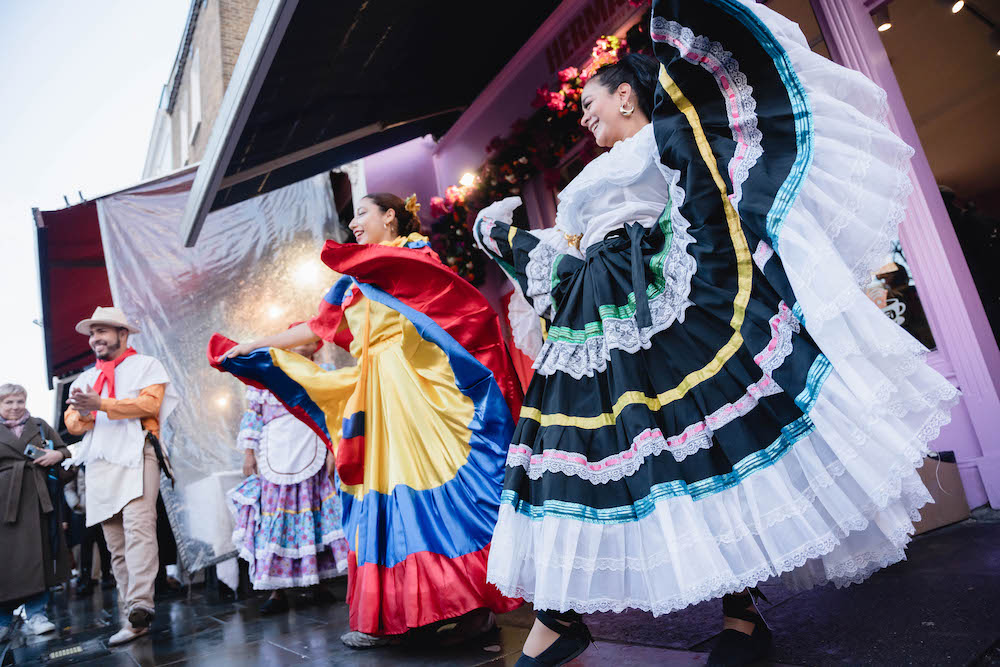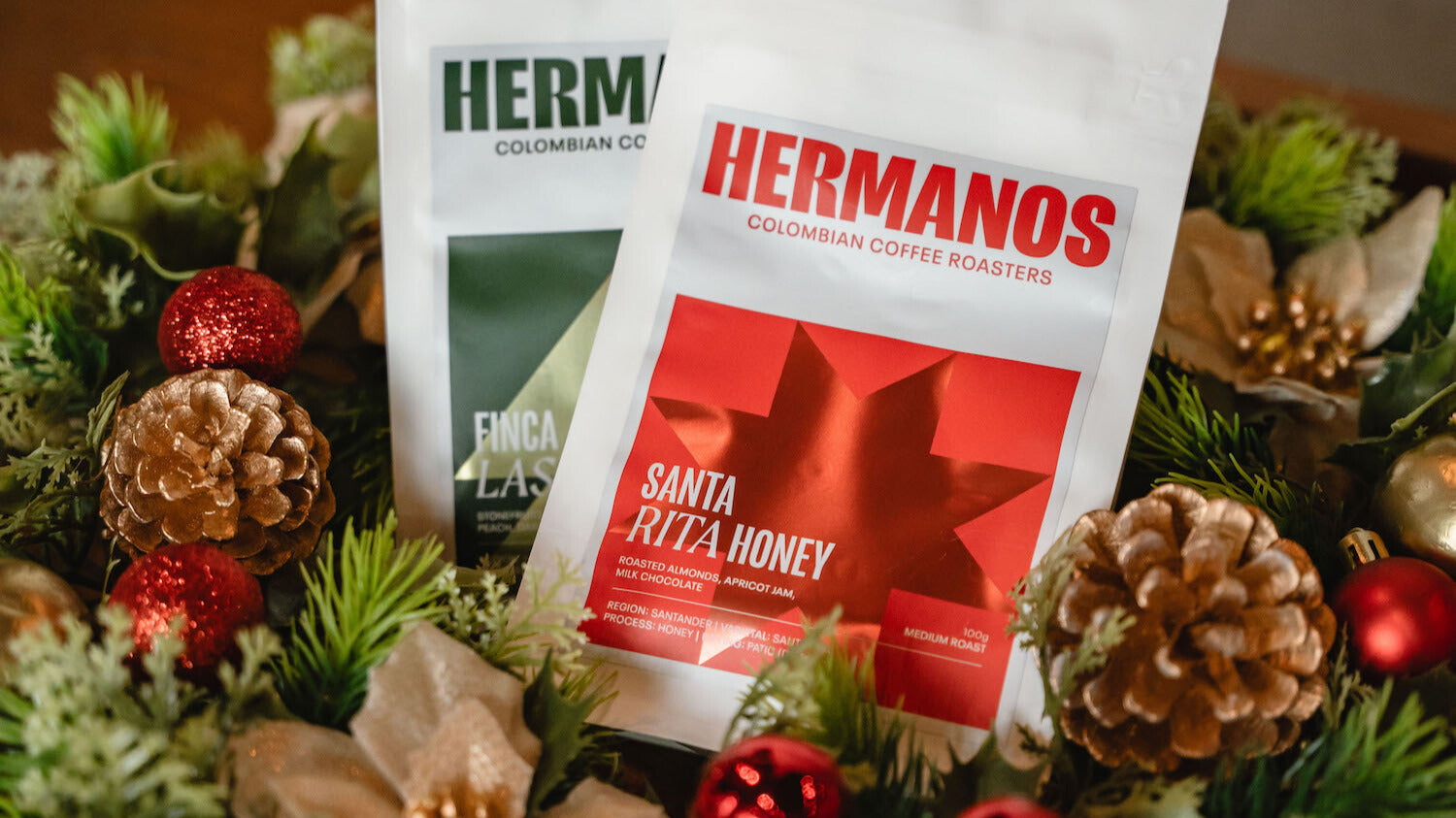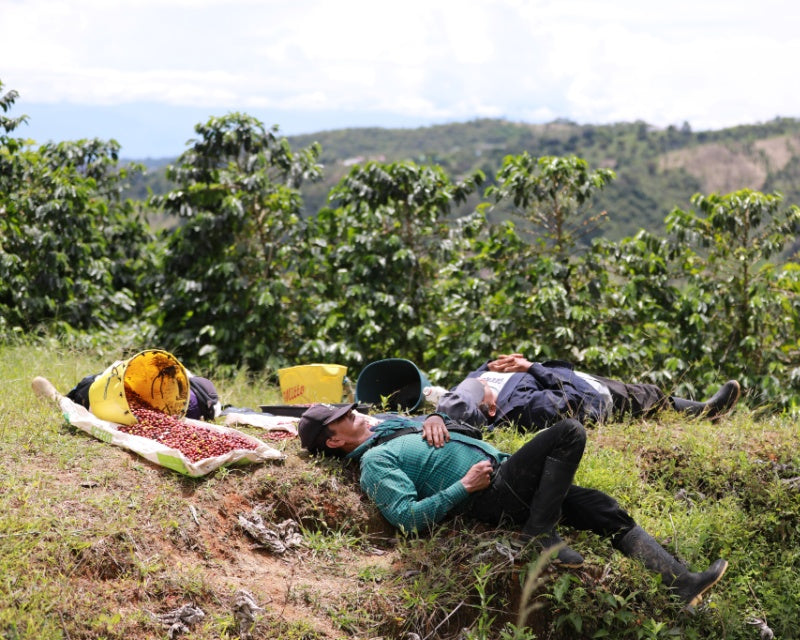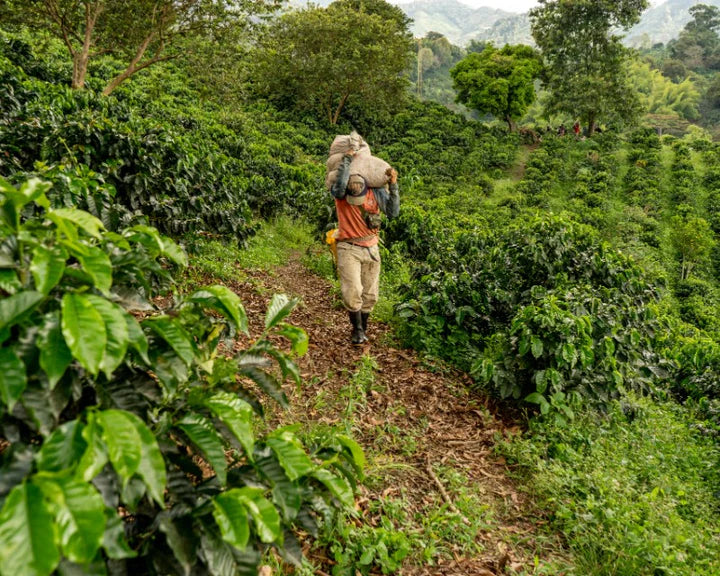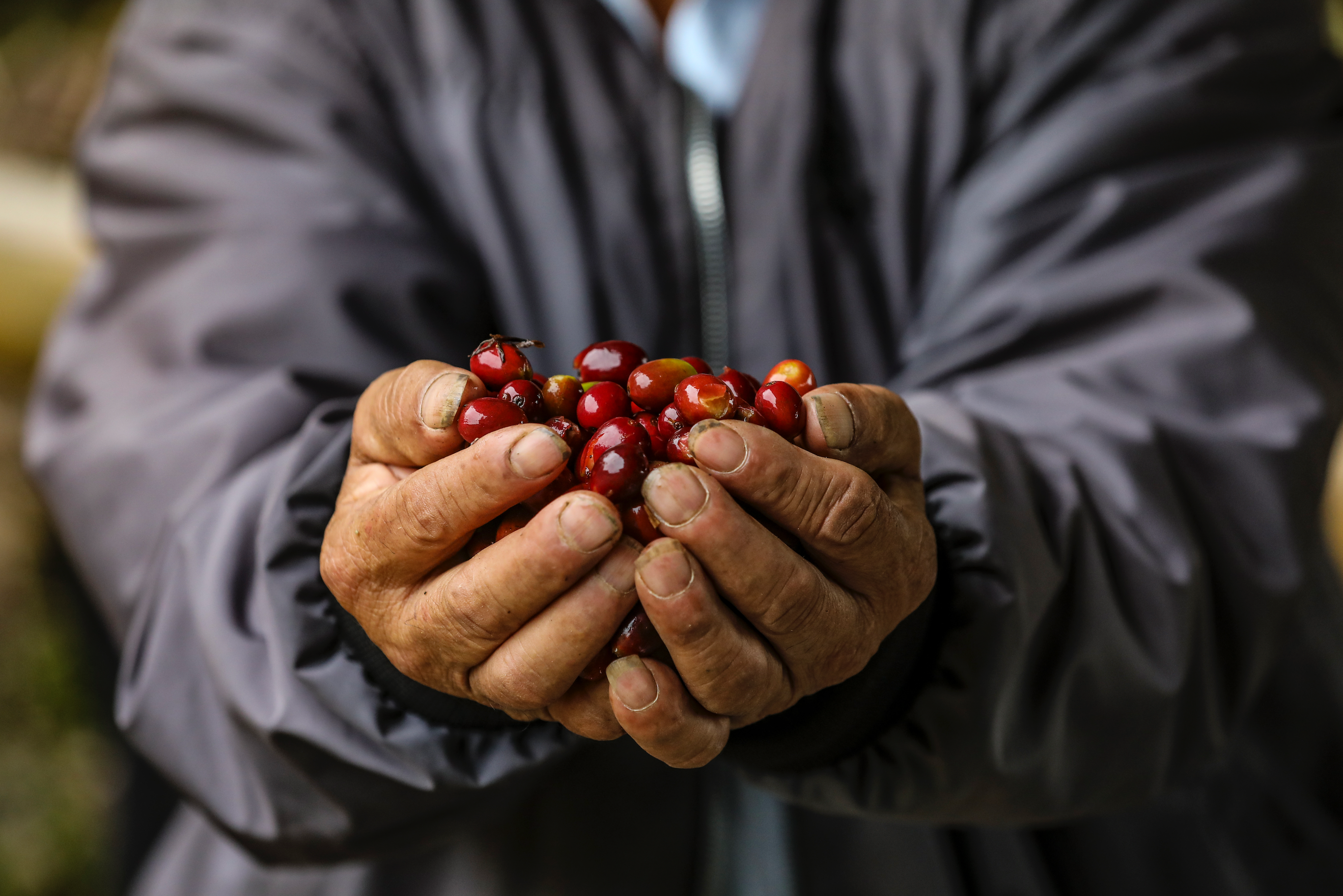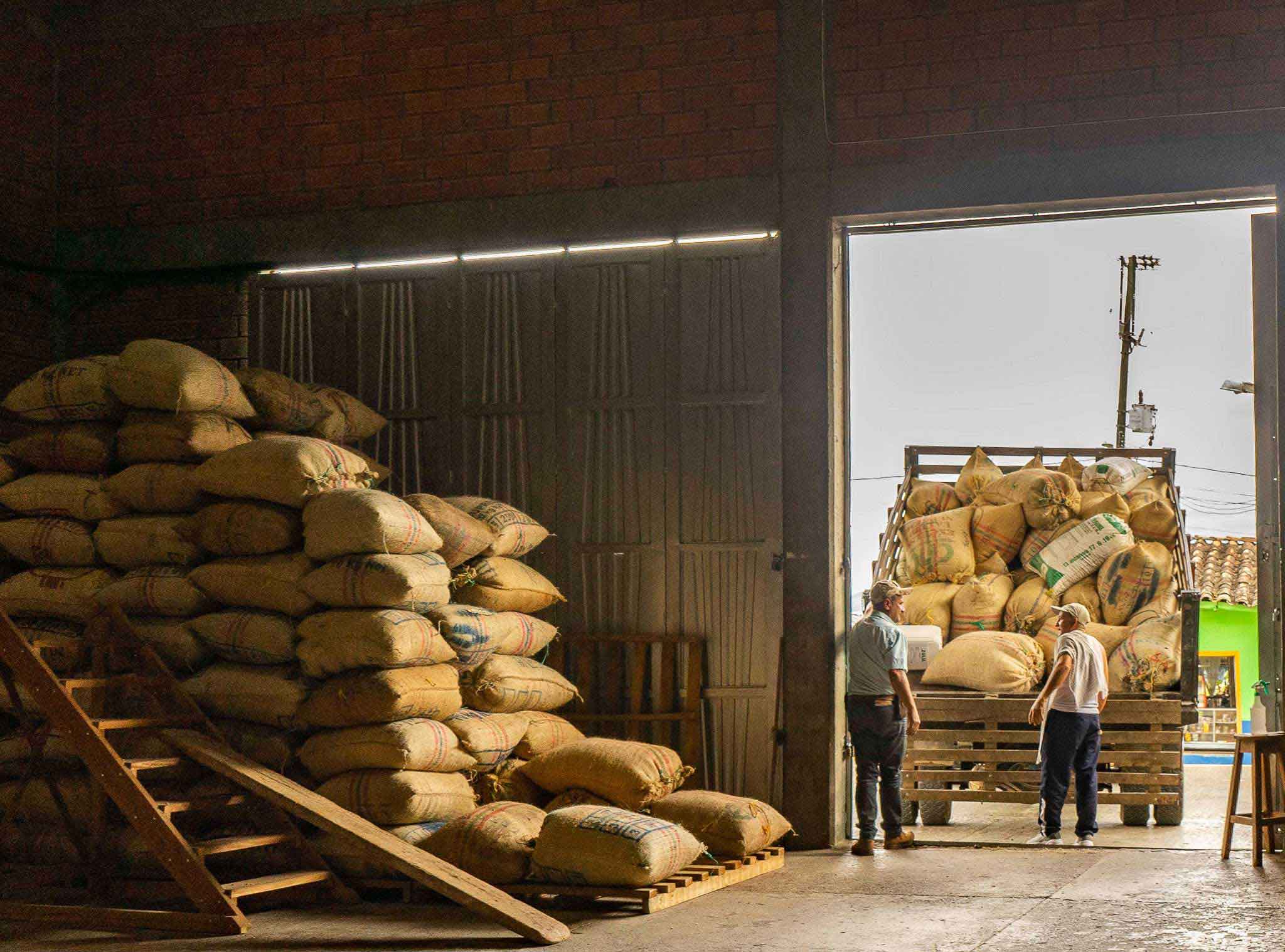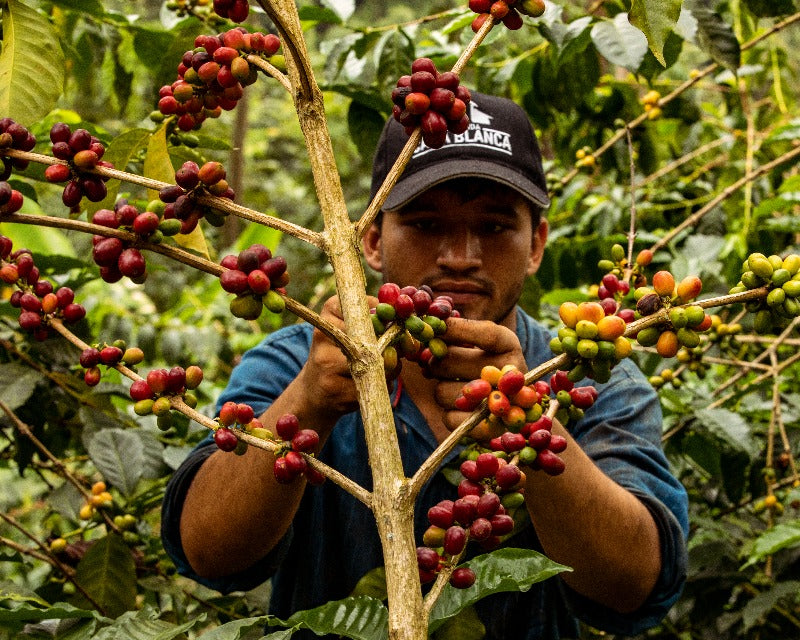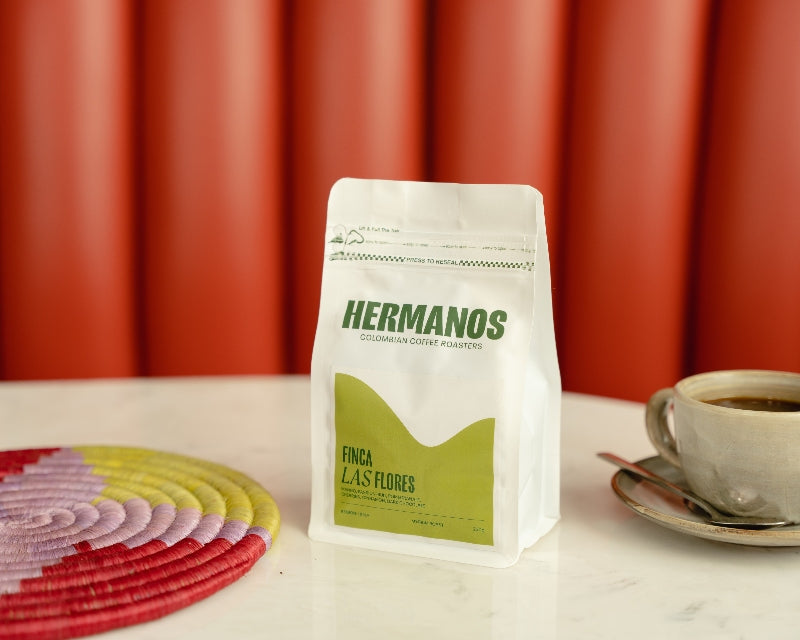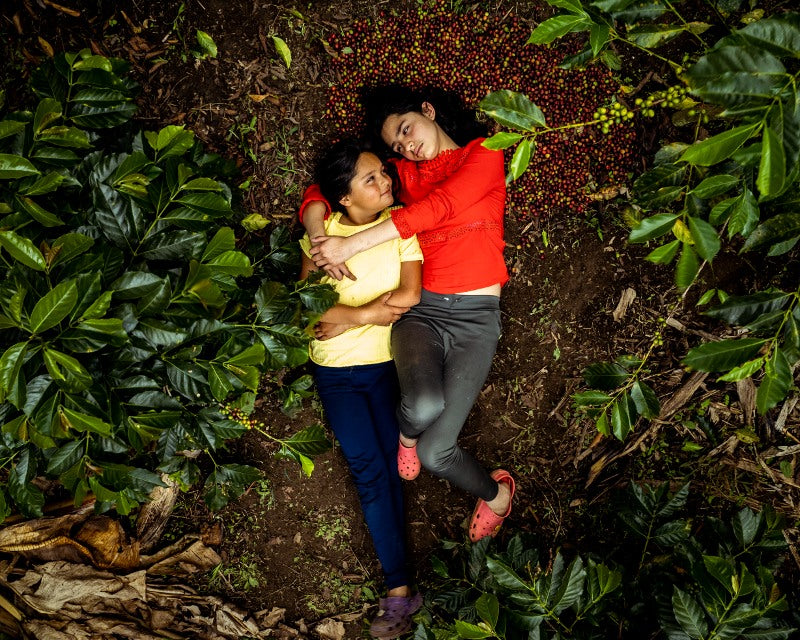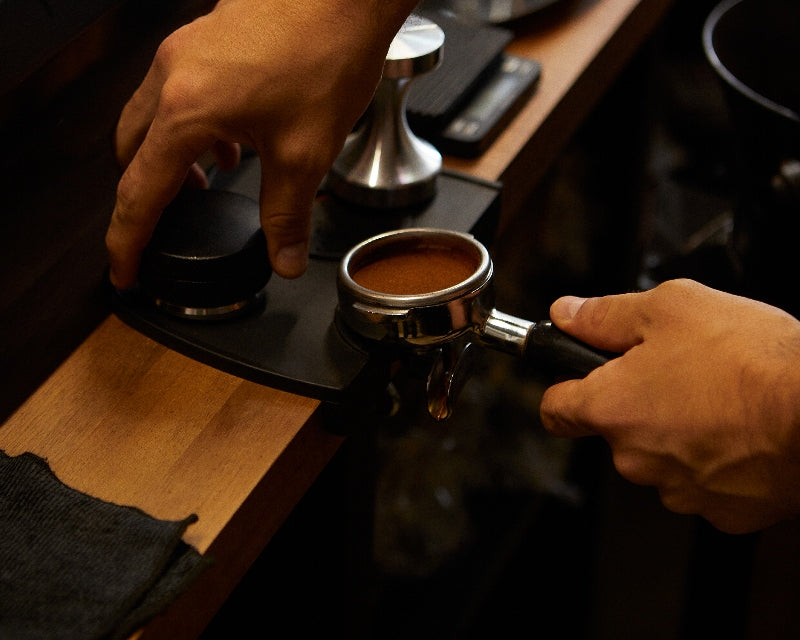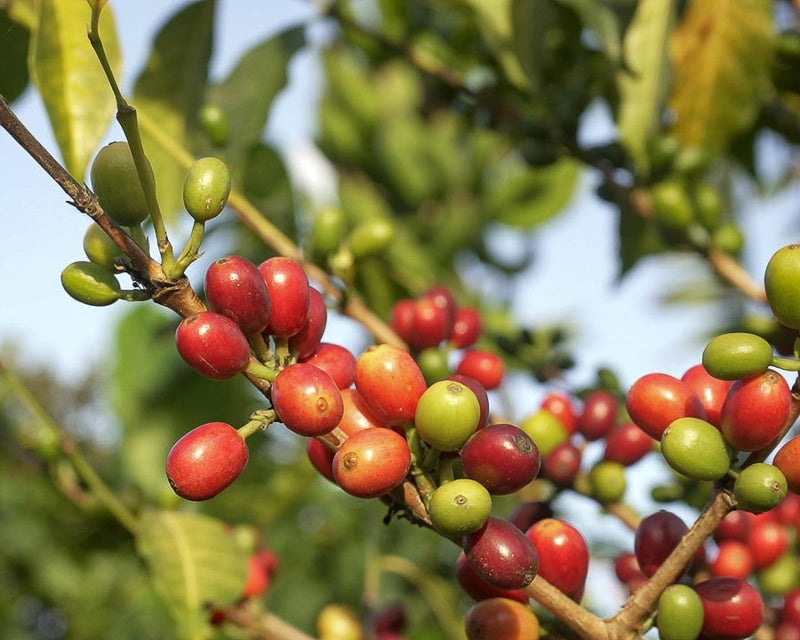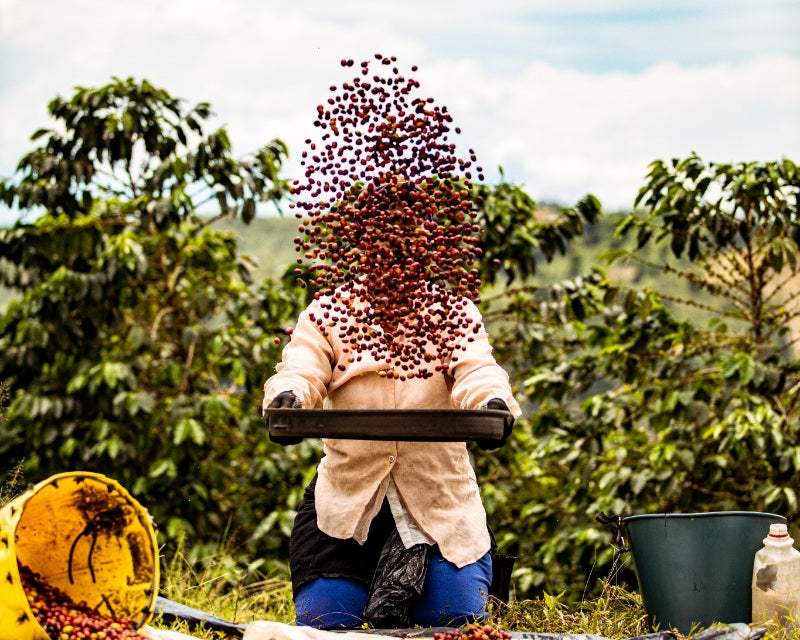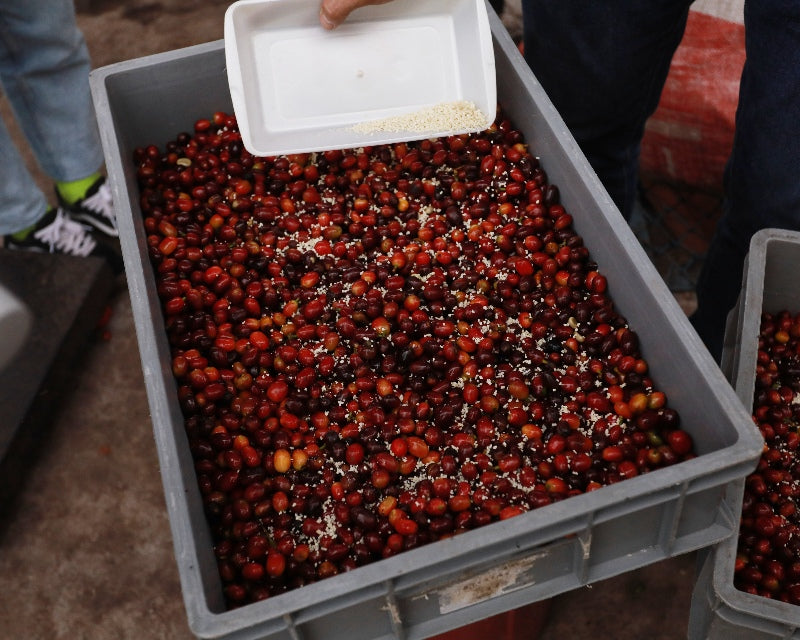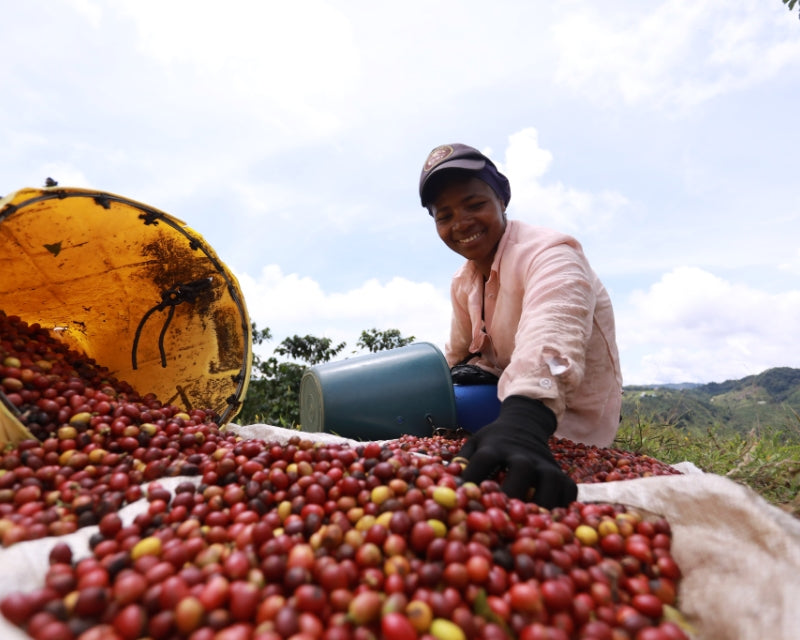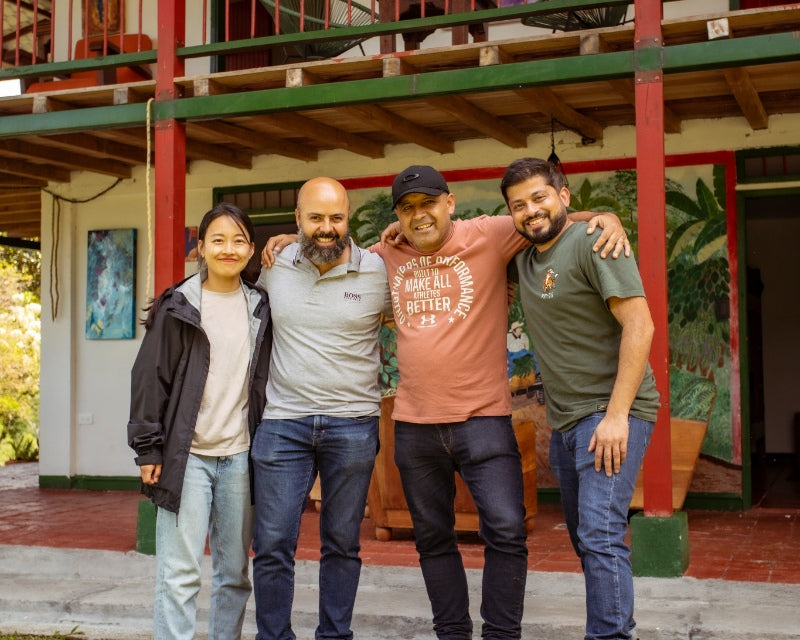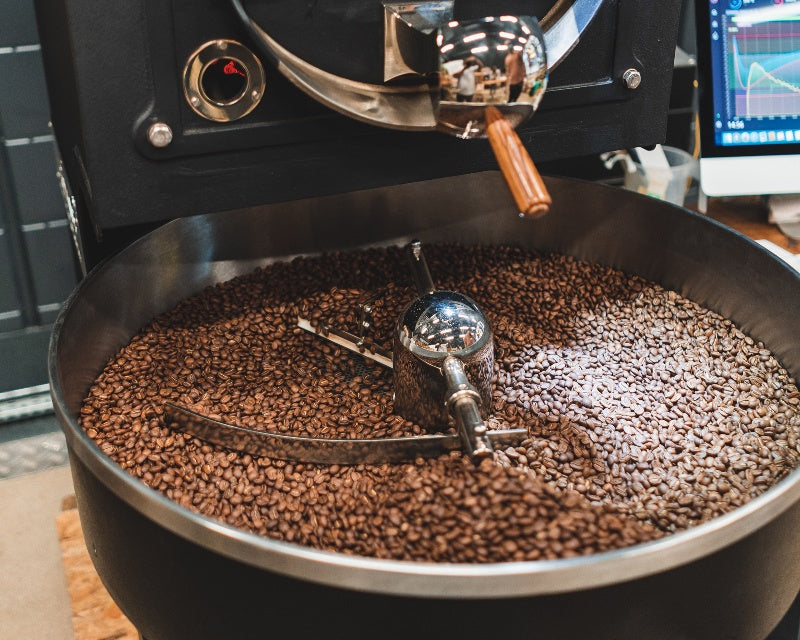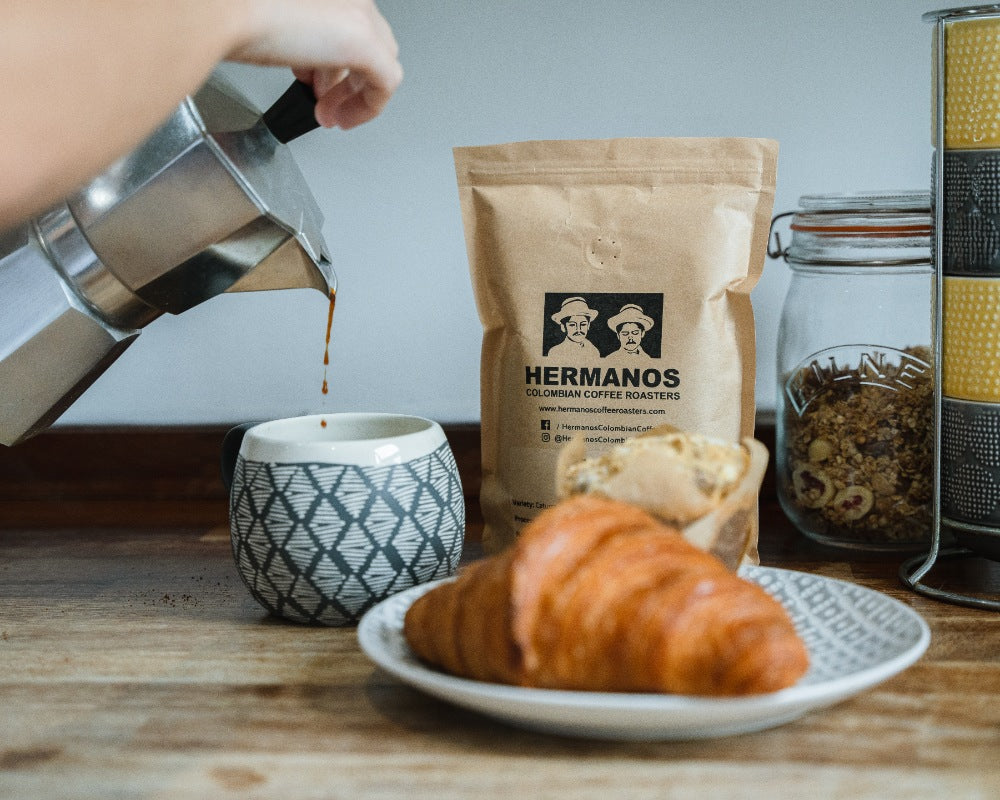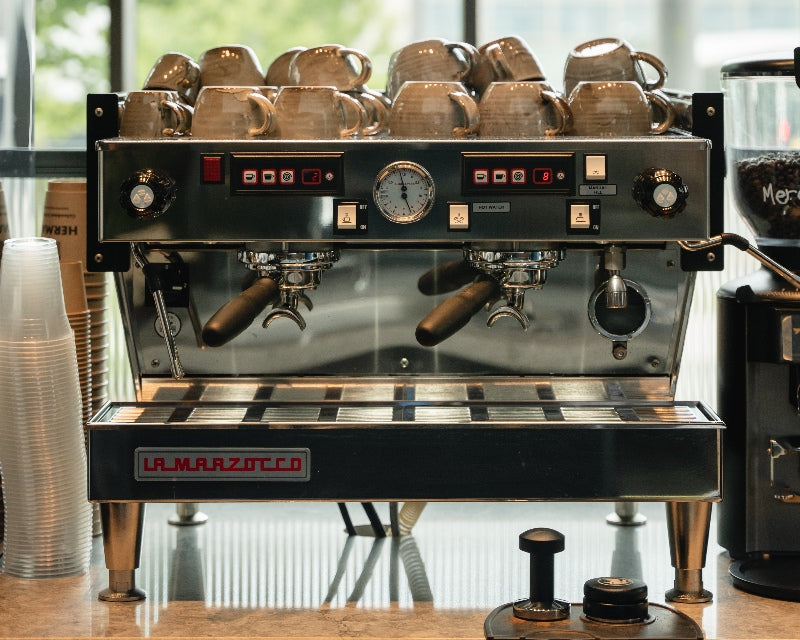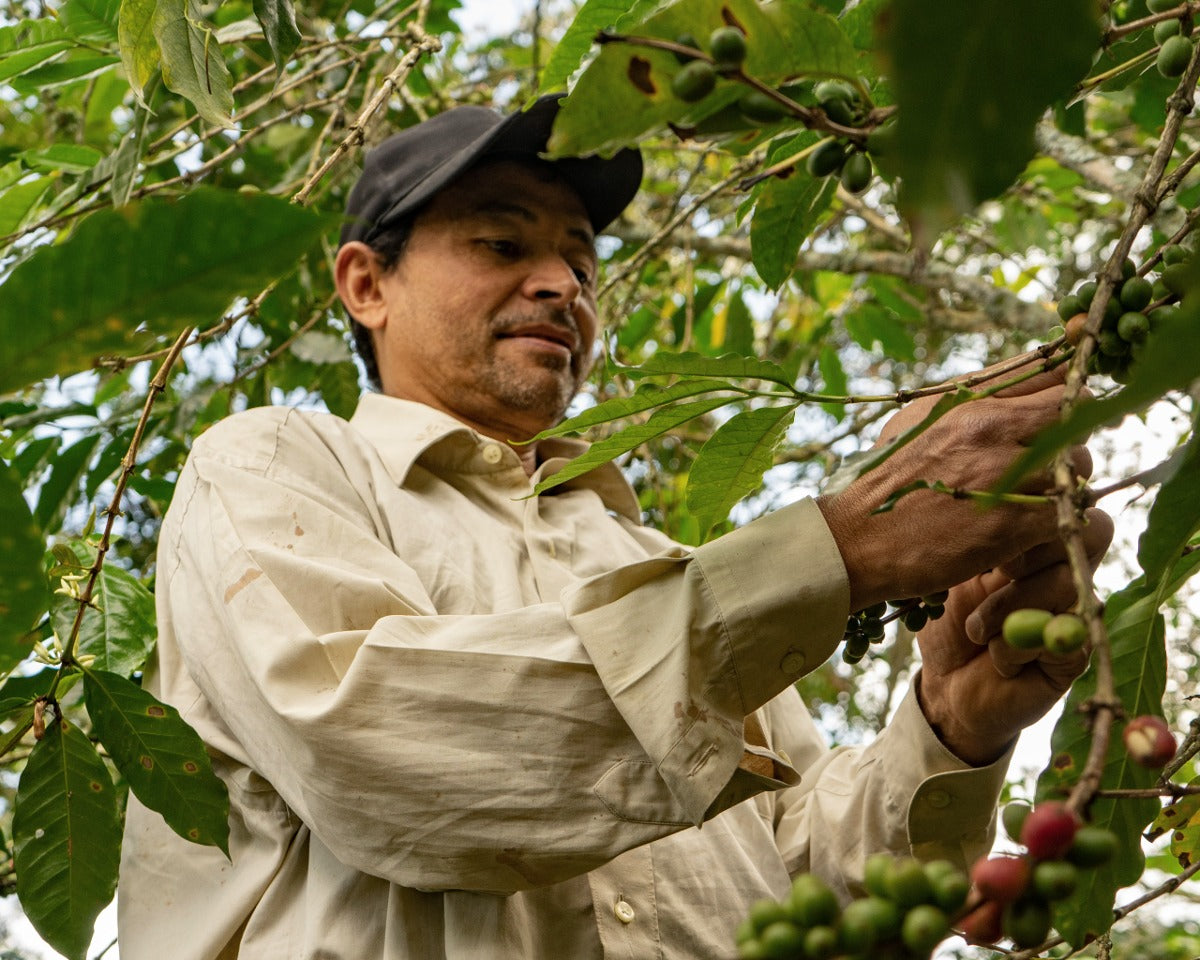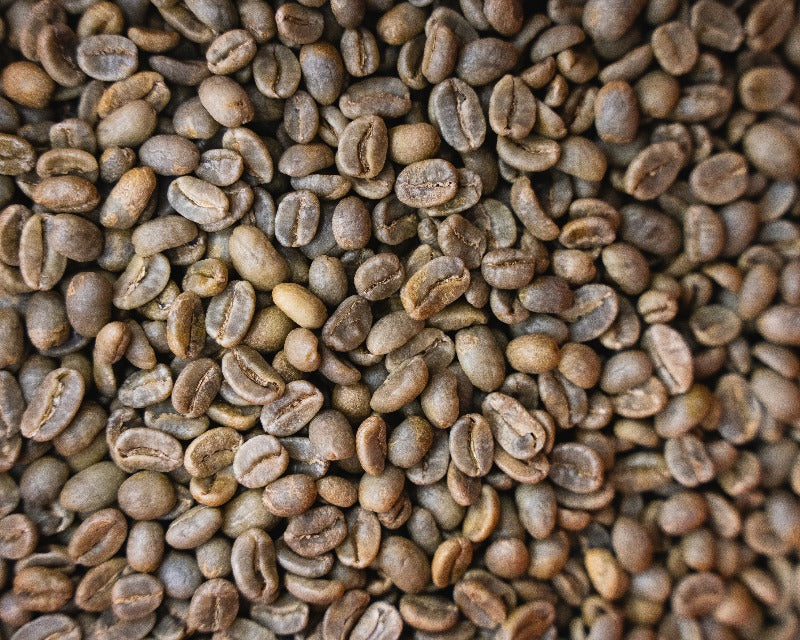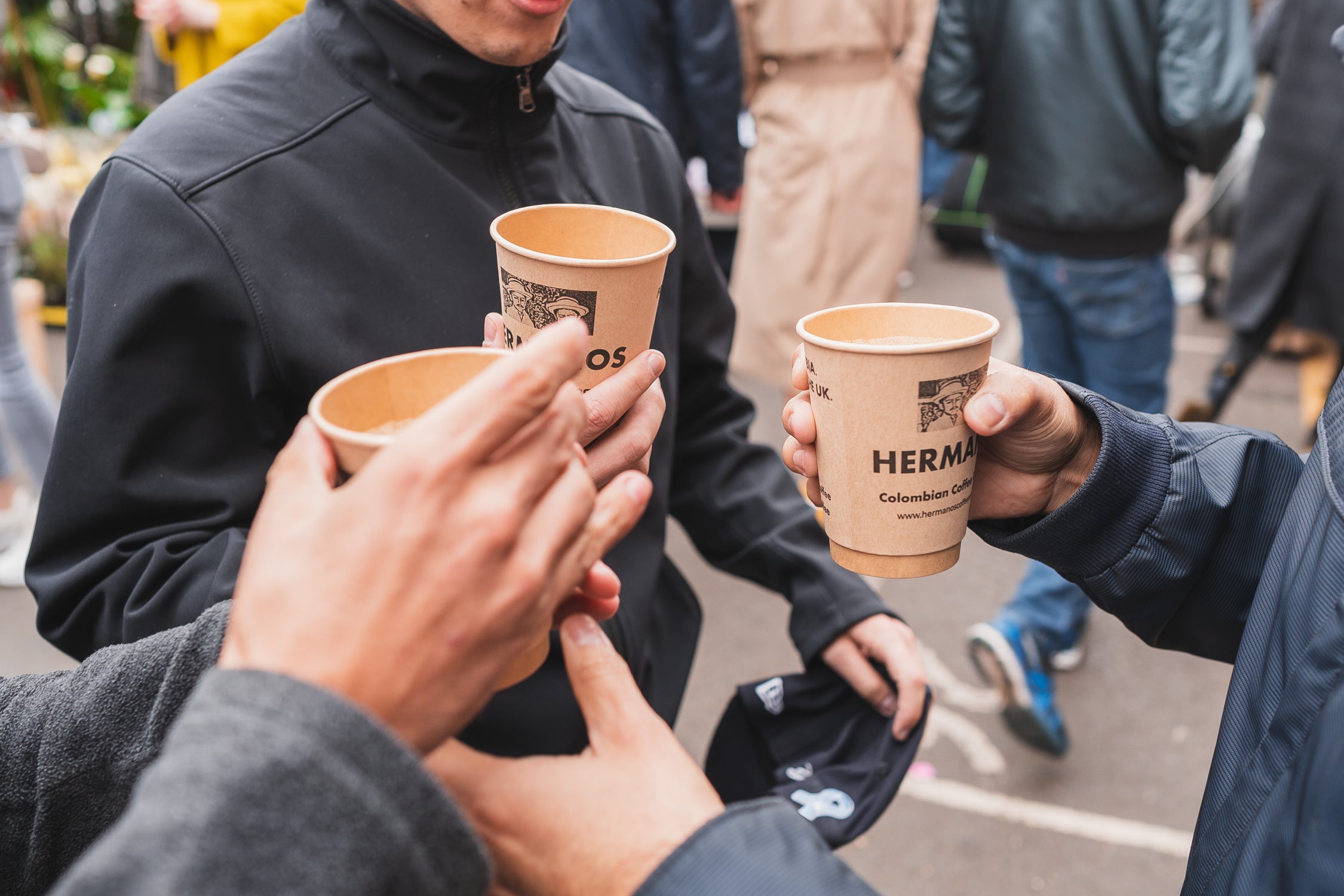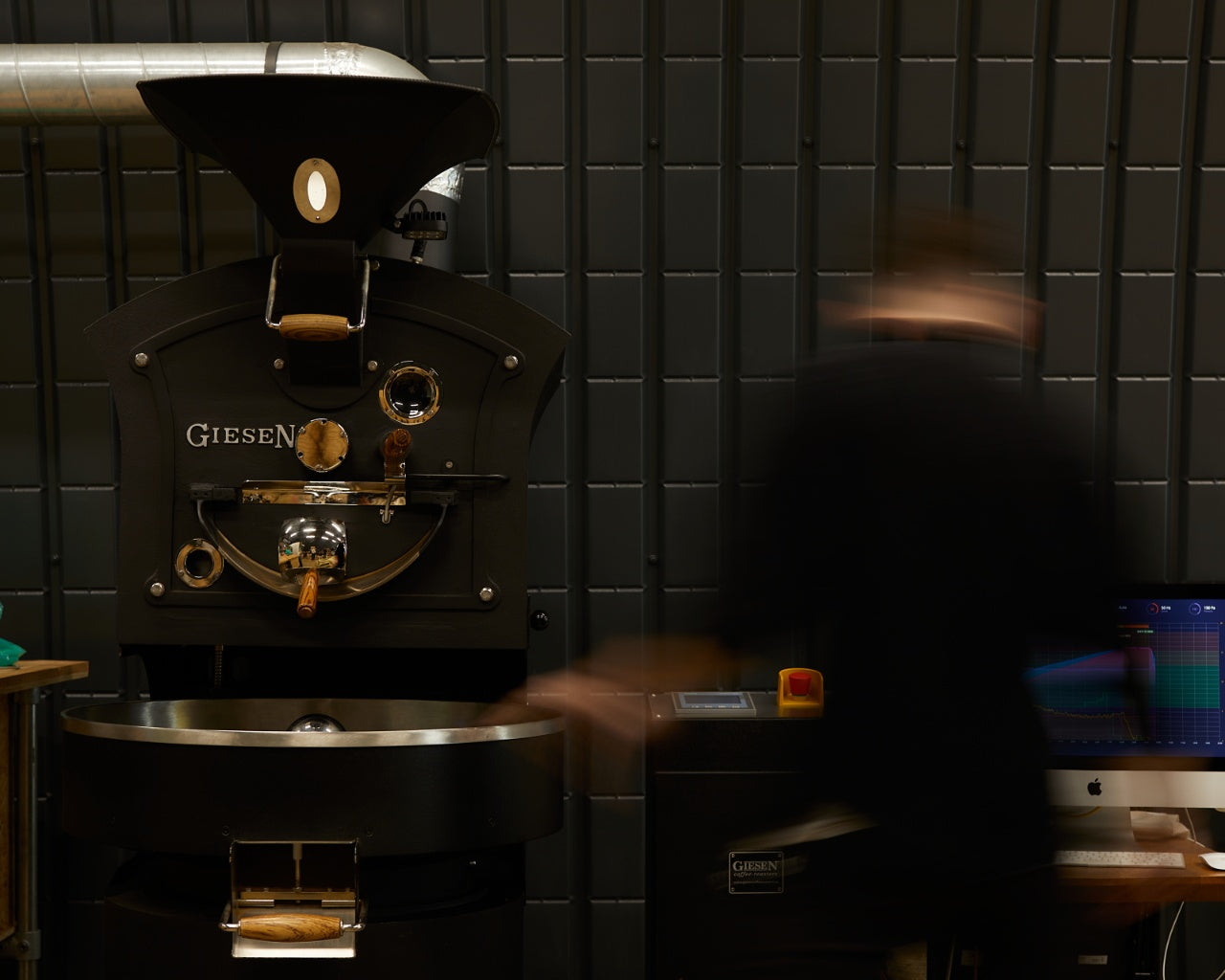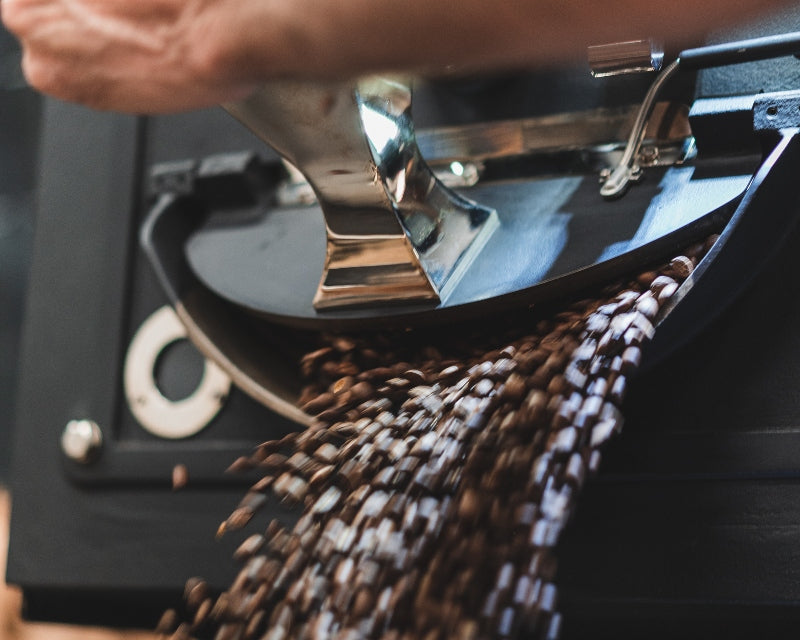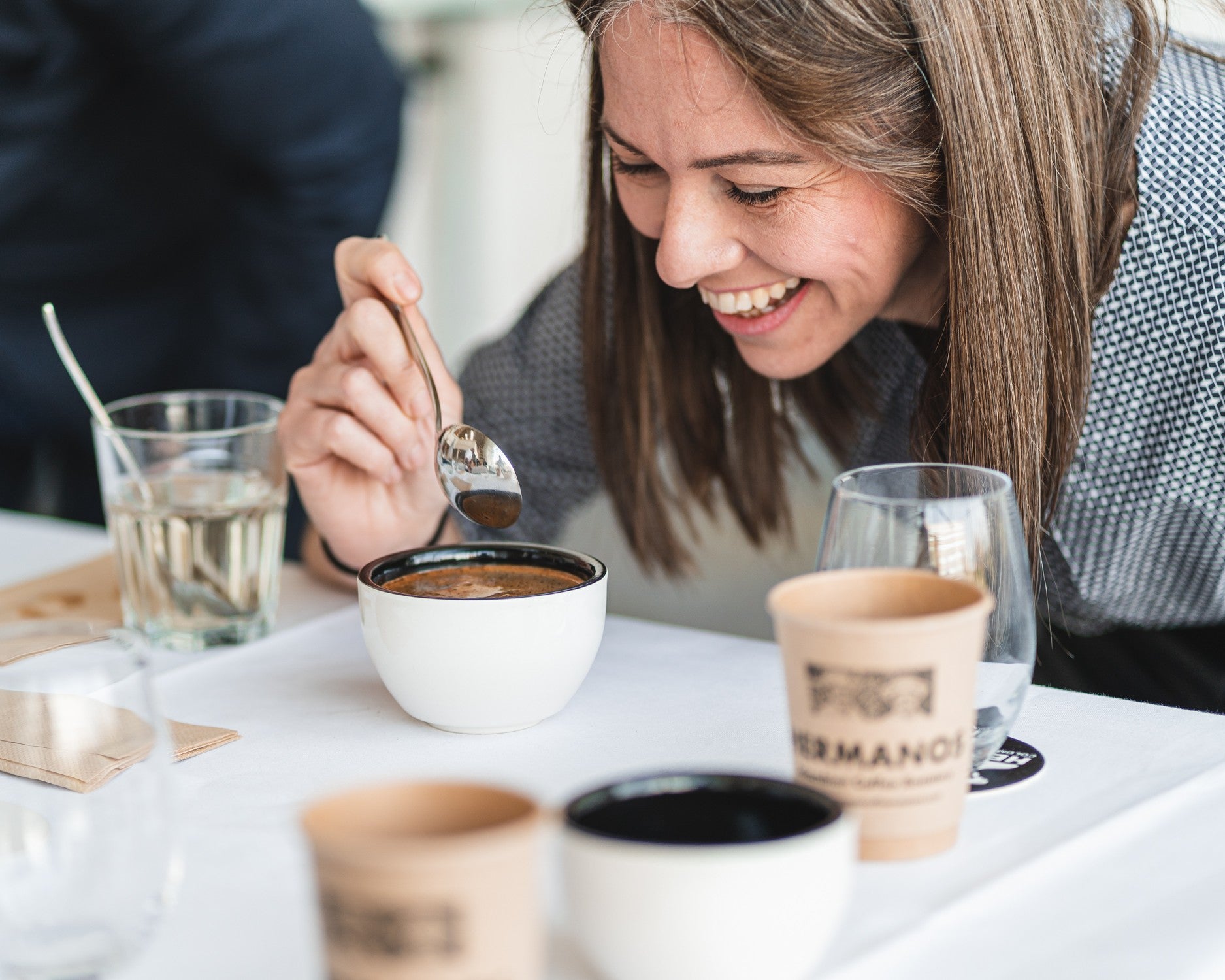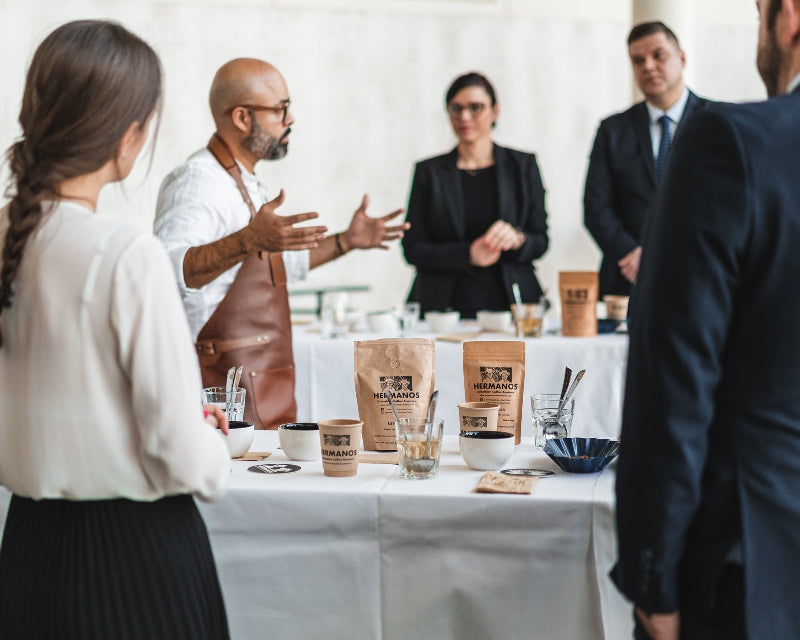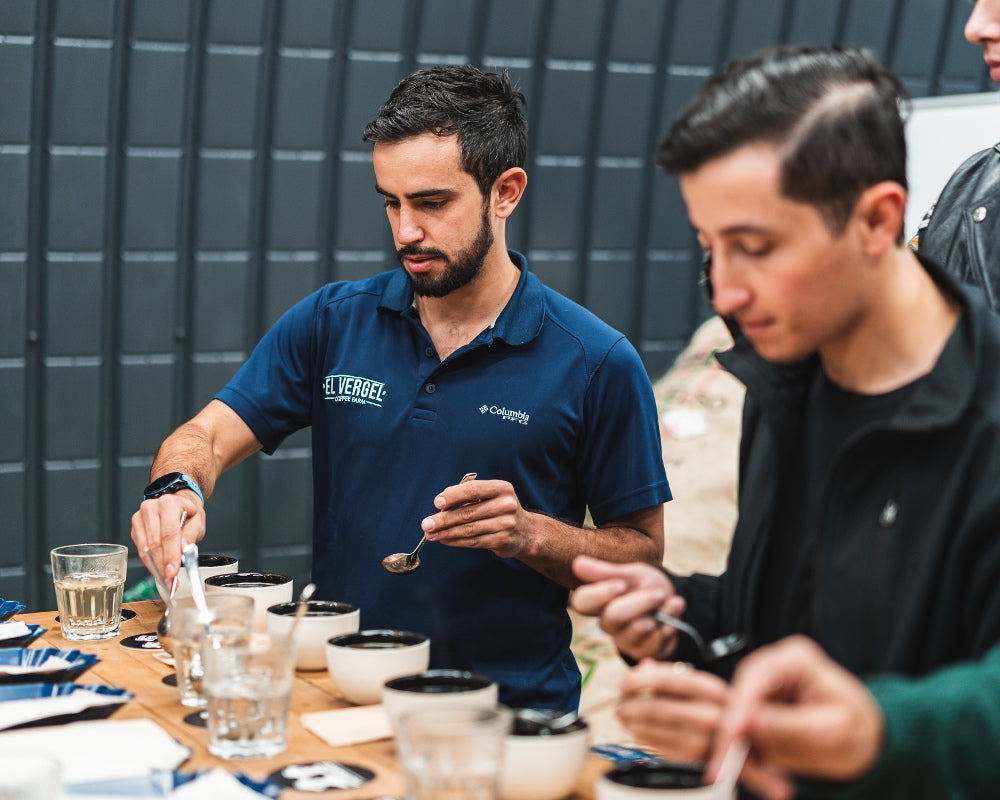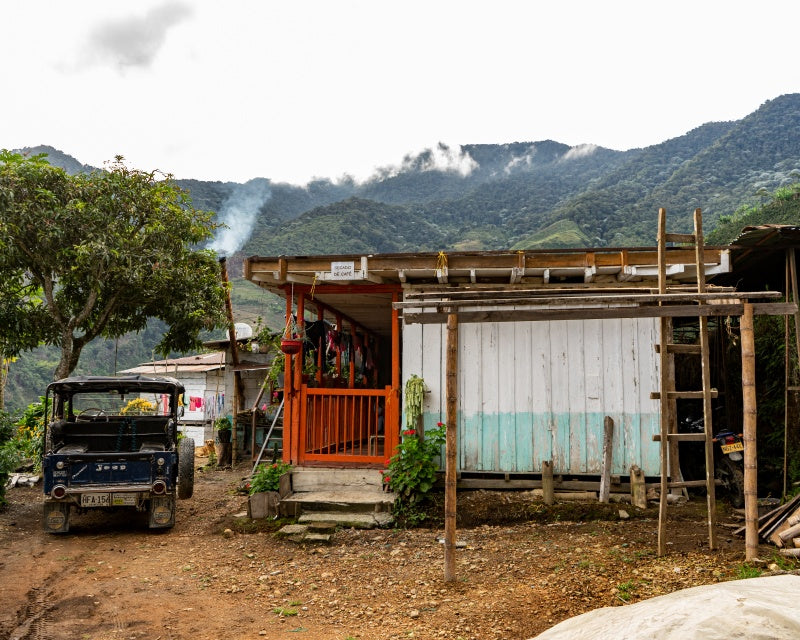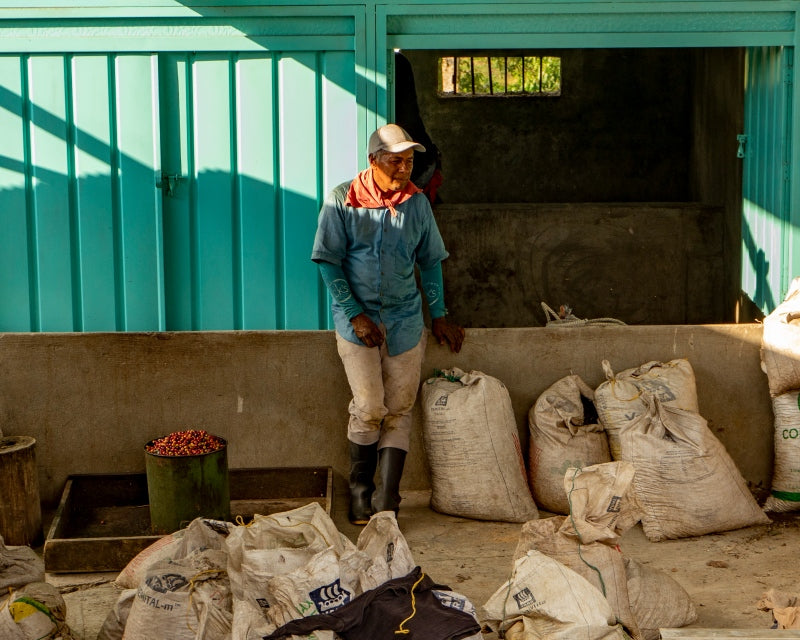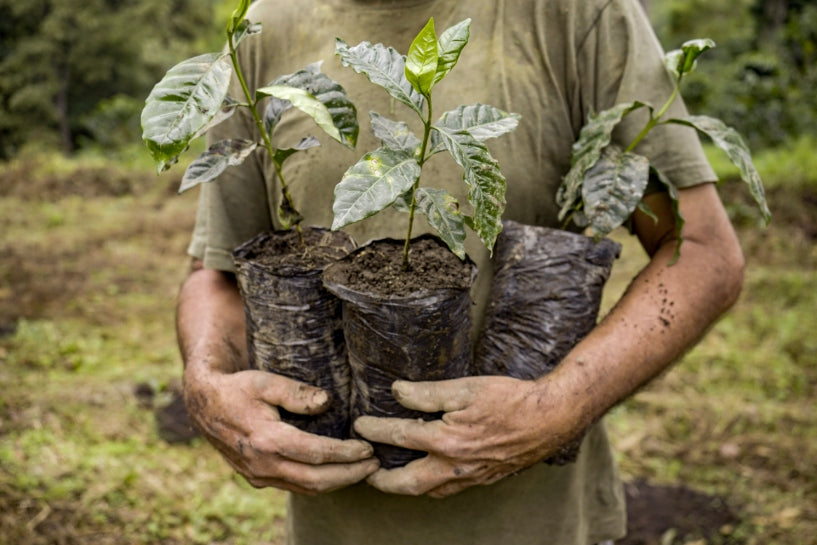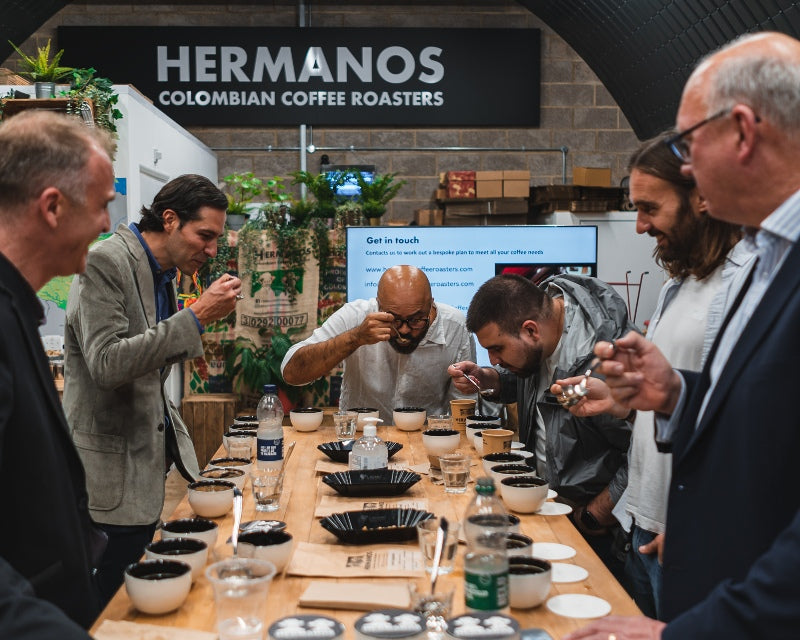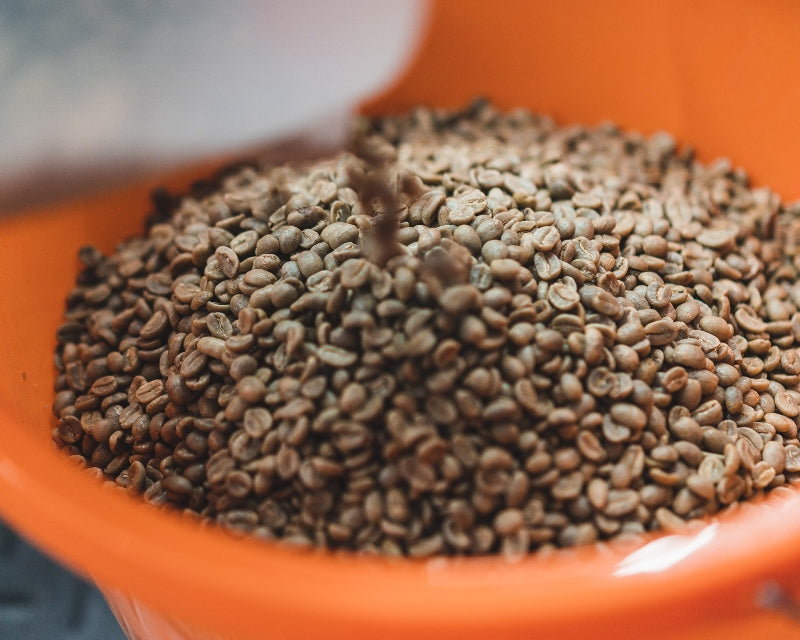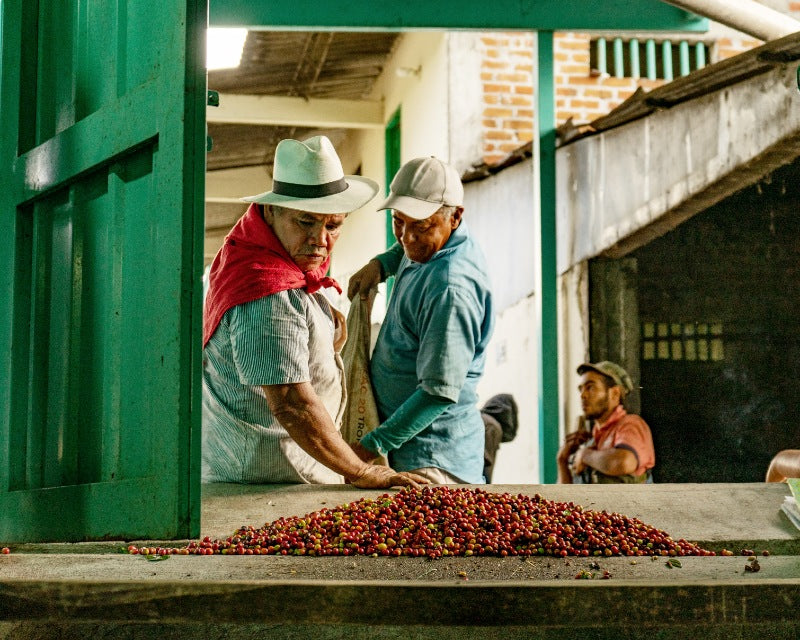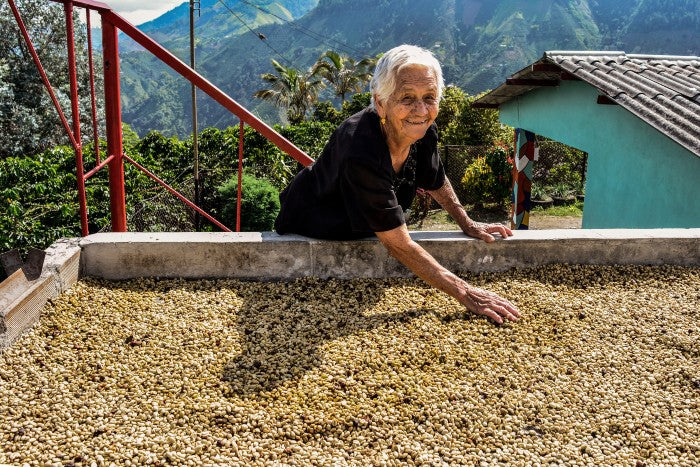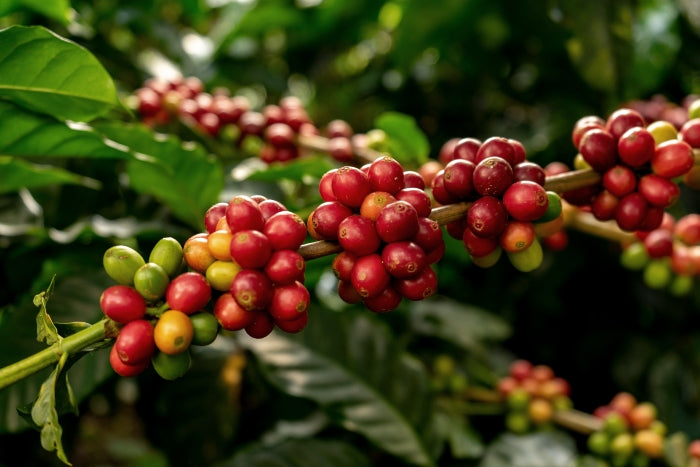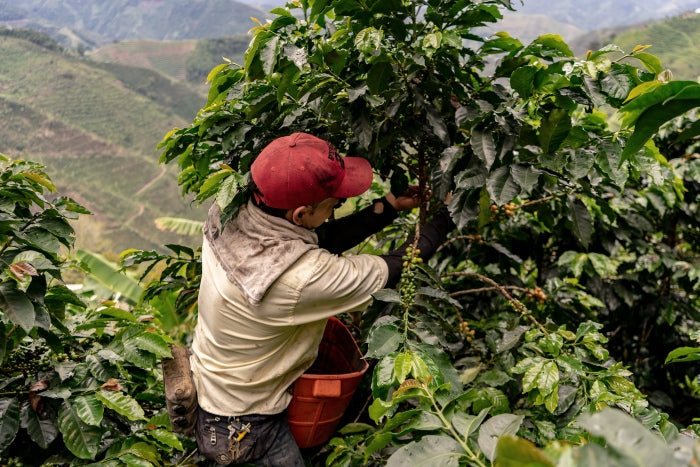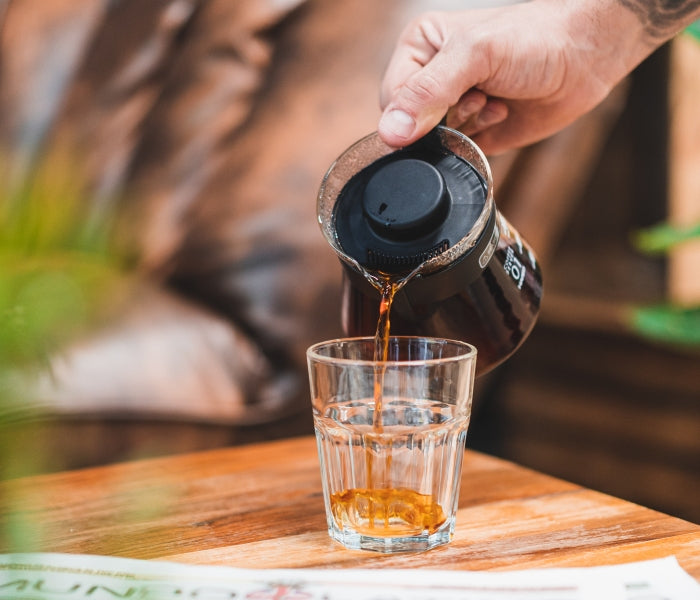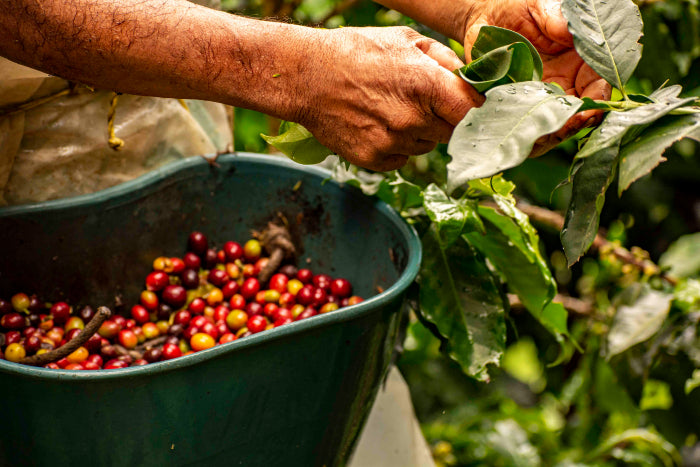Contents
-
What Is A Cooperative?
-
Types Of Coffee Cooperatives
-
Why Not Sell Directly To Coffee Roasters And Retailers?
-
Impact On The Colombian Specialty Coffee Industry
-
Problems With The Cooperative Model
-
Sustainable And Profitable Coffee Production
Very few farmers in Colombia are able to individually process beans to the point that they’re ready for export. In many cases, the assistance of a cooperative or a private processing station is needed to produce bags of green coffee that can be sold to exporters and international buyers.
In this article, we explore what coffee farming cooperatives are, how they contribute to coffee production, and where they fit into the overall Colombian coffee supply chain.
Learn What Makes Colombian Coffee So Special
What Is a Cooperative?
Cooperatives come in various shapes and sizes and their structure and goals differ depending on the needs of their members.
In the most basic sense, a coffee coop is designed to share resources, equipment and knowledge, as well as strengthen the position of small producers in the global coffee market.
Specifically, a cooperative might:
-
Handle the drying and milling of beans
-
Give farmers access to processing equipment, supplies and farming tools
-
Combine the yield of multiple farms to increase volumes and find suitable buyers
-
Provide loans and low-interest financing for farm maintenance and development, or to rebuild after natural disasters (e.g. landslides)
-
Offer technology and communication support to rural farms with minimal digital infrastructure
-
Share marketing resources and business opportunities
-
Educate farmers about the needs and preferences of consumers
-
Help members achieve coffee certifications and the necessary licenses needed for international trade
A coffee coop is designed to share resources, equipment and knowledge, as well as strengthen the position of small producers in the global coffee market.
Types of Coffee Cooperatives

Some coops are huge, with hundreds of members pooling their resources, while others are much smaller and contain only a handful of neighbouring farms.
These smaller groups may not be able to achieve large volumes of coffee, but with fewer members, it's more possible to strive for distinct coffee profiles and flavour in a way that simply isn’t viable with larger organisations.
Within a cooperative, members typically pay a fee that is then reinvested into the community, with a certain amount of the group’s profits used to finance what farmers are most in need of.
Some may have full-time staff that help with bean processing, marketing, accounting, research, training and administration. Others may be forced to rely on seasonal staff or do everything themselves.
It all depends on how much money can be collectively made each harvest and the proportion of eventual sales that goes back into the coop.
Why Not Sell Directly to Coffee Roasters and Retailers?

Many individual growers sell to an international buyer without the need for a cooperative. There’s nothing stopping Colombian farmers from dealing directly with traders, intermediaries, exports and roasters as long as they have permission from the FNC. And the most obvious benefit of going direct is the ability to achieve a better price for coffee sold.
However, not all producers have the ability to make deals with buyers, with pretty much all of their time taken up by actually growing coffee — a labour-intensive process.
They might also lack the resources, technology, knowledge and confidence in negotiating with buyers and it can often make more sense to outsource key activities to the cooperative who can achieve better outcomes due to the combined resources and knowledge of the group.
A huge barrier to direct trade is also volume. Some farms (especially smaller micro-lots producing single origin coffees) simply won’t produce enough coffee to attract buyers. The choice then becomes either to increase quality and distinctiveness to attract exporters and roasters, or, work with other farms in a coop so that volume can be increased.
Some farms (especially smaller micro-lots) simply won’t produce enough coffee to attract buyers.
Impact on the Colombian Specialty Coffee Industry

While the coop system isn’t perfect (more on this below), it’s played a crucial role in developing the country’s specialty coffee market and allowing smallholders to band together and promote the attractiveness of their beans — consolidated under one single origin brand.
As this system has evolved and coops have strengthened, knowledge has also spread through coffee growing communities about how to adapt processes to achieve higher quality yields that command better prices in international coffee markets.
Together with government initiatives and NGO programs aimed at supporting rural farmers, the country’s reputation for producing some of the finest specialty grade Arabica coffee beans has been reinforced by the opportunities offered by the coop model.
Finally, as Colombia’s landscape of steep mountainscapes and farms, often inaccessible by vehicle, make it impossible for mass-scale production and machine harvesting (which would otherwise result in higher yields and lower costs), joining forces with other farmers in a coop is sometimes the only route to better margins for many growers.
Cooperatives have played a crucial role in developing the country’s specialty coffee market and allowing smallholders to band together and promote the attractiveness of their beans — consolidated under one brand.
Problems with the Cooperative Model

Cooperatives aren’t perfect for all growers. For producers who wish to differentiate themselves or develop a more profitable direct trade relationship with roasters in foreign countries, the coop may prevent them from reaching their potential. Below are a few more potential drawbacks.
Loss of Coffee Uniqueness
To an extent, coffee cooperatives require their members to conform to a certain standard of quality and coffee profile. An unfortunate result of this uniformity is that the unique properties of individual farms are sometimes sacrificed, as subtle notes and nuances in flavour of a certain bean become undesirable.
Instead of working hard to emphasise these differences and experiment with new growing methods, farmers must instead phase out differences so that beans align with the overall profile of the cooperative.
Profit Distribution
Who decides how much is invested back into the coop? And, how are decisions reached about investing in certain programs and equipment when the needs of individual farmers may differ significantly?
The problem of deciding how money is spent can be a difficult one and it would be natural for one farm to feel dissatisfied when group profits are invested in programs that are not seen to be as important as others.
Ultimately, there is still a level of complexity (and indeed bureaucracy) that exists in some coops and smallholder farmers may not always get the share of the benefits they hoped for.
These challenges are more evident in larger cooperatives where needs and goals diverge more, yet, it’s clear that profit may not always flow to the “right” places in the cooperative model.
Quality Control

With dozens of different farmers delivering their coffee to one processing station, coffee quality can vary drastically. The bigger the coop, the more this is an issue.
Testing quality and categorising batches into high and lower grades is incredibly important. This ensures that strong yields get higher prices and poorer yields are also sold on the market at a suitable price point — removing the chance of bad beans contaminating the overall batch.
The Colombian coffee industry overcomes this issue through rigorous testing and consistent cupping at the processing stage. Farmers now realise the importance of differentiating truly great beans from average or poor beans, and making sure they are each sold on the market for a fitting price.
Again, direct communication with roasters has, over time, helped growers and coops to understand what is desired in consumer markets. And with constant testing and cupping, farming methods can more easily be optimised to meet the style that coffee roasters and their customers want.
Learn how the hard work of coffee farmers can best be appreciated through medium-light coffee roasting profiles in our guide: Understanding Different Coffee Roasts - A Beginner’s Guide
Direct communication between growers and roasters has helped growers and coops to understand what is desired in consumer markets.
Sustainable and Profitable Coffee Production

Producing coffee for profit can be challenging. It involves success on the farm level (mitigating the effects of disease, weather fluctuations and climate change), but also requires an understanding of factors that are far removed from the world of the humble coffee farmer, such as shifting consumer preferences.
While it’s not simply because of cooperatives that farmers are able to improve yields, access facilities and get a better price for their produce, they’ve no doubt supported the efforts of many Colombian producers, giving them a chance to profit from their hard work in a way that may not have otherwise been possible.
Discover Our Full Range of Colombian Coffees!






